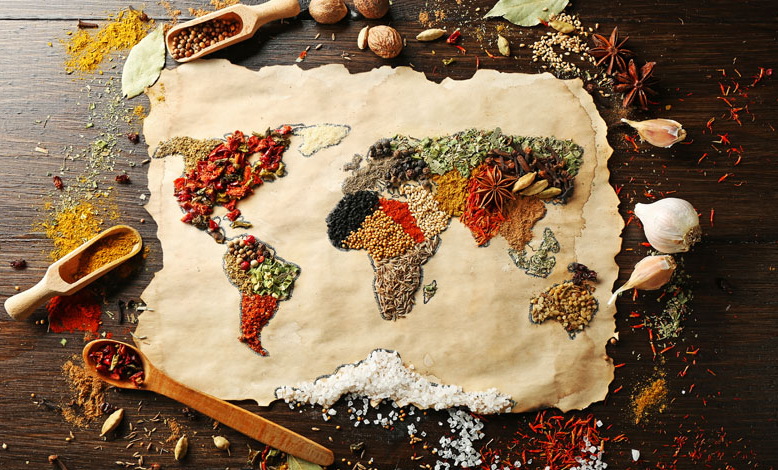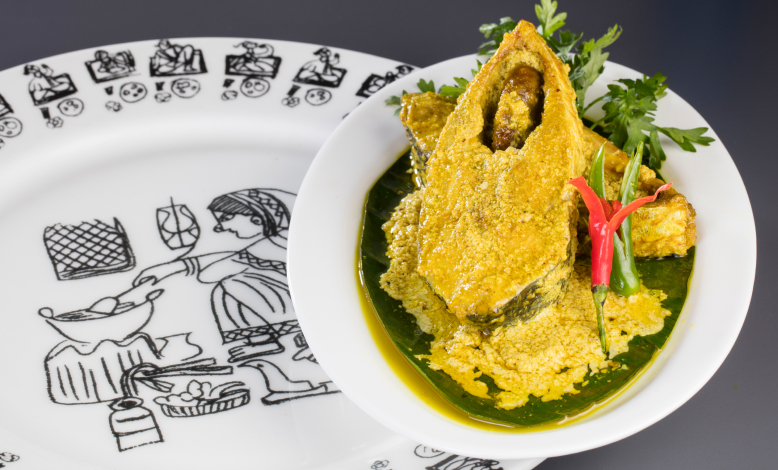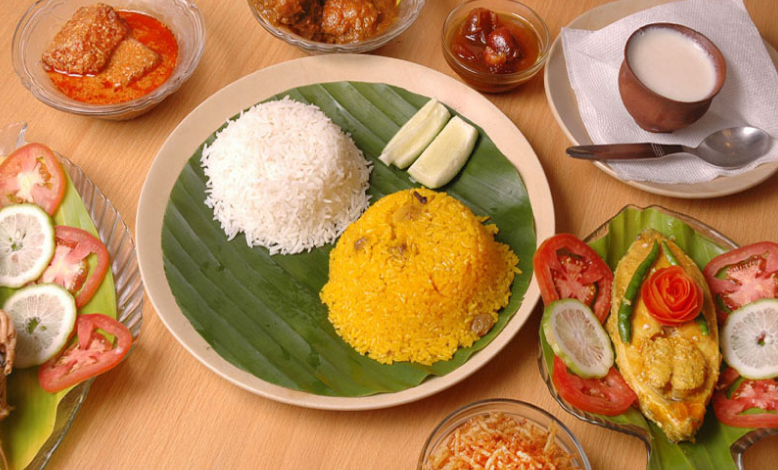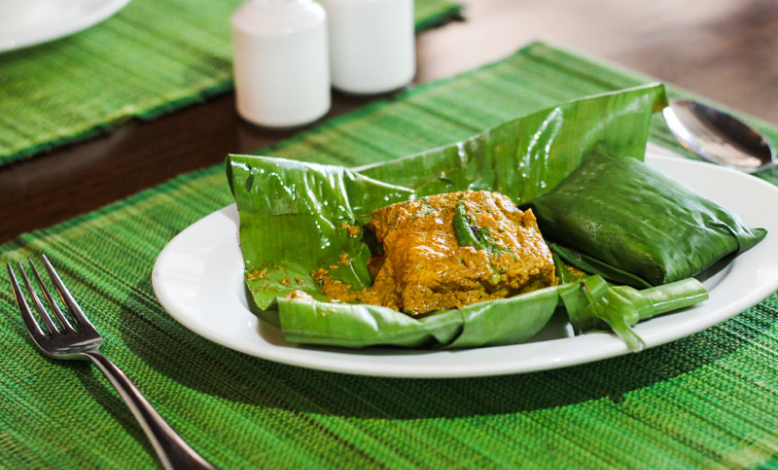

Bengali cuisine has had the influences of various cultures, especially during the post colonization period, as a result of which it is a pot of brewing wonders. Hijli badam or cashew, is a native of Southeast Brazil, was introduced to the west coast of India to check soil erosion, and Hijli is a coastal region of Bengal, where it is grown till today. India is the world leader in the production of cashew, which travelled all the way to Bengal from Brazil in 1594, with the Portuguese. It acquired the name Kaju due to the Portuguese derivation of the word “acajau” and continues to add flavour to Bengal’s traditional dishes, like polao. Researchers claim that Bengal’s celebrated evening snack, the peanut, also known as “China Badam” or Chinese nut, might been brought to India via Manila or China.
A popular meat tenderizer in Bengal, Papaya, was brought to Philippines by the Spanish and then it later made its way to India from there. From Malacca, came Mangustan and from Africa came the sweet potatoes or Ranga Alu. The first potatoes travelled to Europe with the Spanish in 1570. In 1780, Sir Warren Buffet was presented with a basket of potatoes in Kolkata and cultivation of potatoes was started in the foothills of Himalayas in the 1830s. In a few decades, potatoes gained popularity in Kolkata, while the traditionalists accepted the vegetable only in the twentieth century.
The tomato, a star ingredient in Bengali curries and chutneys, originated in Mexico or Peru and travelled to India via England in the late 18th century. It is interesting to note that every Bengali’s favourite lanka, or chillies, was initially used as a substitute for black pepper and might have travelled to India from Sri Lanka. The demand for the spice grew rapidly and by the by the mid-16th century, Europeans had given chillies the identity of “Calcutta Pepper”.
Custard apple, known in Bengal as Ata, is native to South America and was brought to India from West Indies. Guava, or Peyara as Bengalis call it, may have originated from Peru, while Corn Cobs have come to India from Central America. The bark of the Sapodilla tree yields, chicle, was used by Aztecs for chewing and hence it has been given the name “chiku” in India. It was brought from Mozambique to Goa or Phillipines to Malaysia, and then made its way to the east coast of India. Native to southern China is Litchi, which was brought to Bengal by the Portuguese in the 19th century while Okra, another favourite Bengali vegetable, probably travelled to the land of great recipes and culture from Africa.
Bengal’s celebrated flavour palette is not only an amalgamation of traditions and cultures of the world, but has also travelled to the world and formed unique fusion preparations. Bengal’s famous shingara, a traditional evening snack in every household, has been revolutionizing the street food culture in present day Singapore. A large number of varieties of shingara have been sought after in Singapore, after the dish was introduced as curry puffs, which has given it the status of being one of Singapore’s most popular snacks.
United Kingdom, takes great pride in its excellent assortment of Bengali restaurants serving authentic delicacies like Bhuna Khichuri, Chicken roast in a rich onion gravy, Bengali mash dishes or bhortas, or all-time favourite daler bora. Among other favourites are chitol fish koftas, Bengali fish fry and puchkas. London boasts of a large number of Bengali eateries, and seems to be leading on the food front. If predictions are to be believed, connoisseurs and global food enthusiasts position Indian cuisines, including the rich and refined taste of Bengali cuisine, as a leader of the food trends in the years to come.
Get a taste of culture, curated from world over, in every bite of the eclectic range of traditional recipes at 6 Ballygunge Place and have an unforgettable experience.




